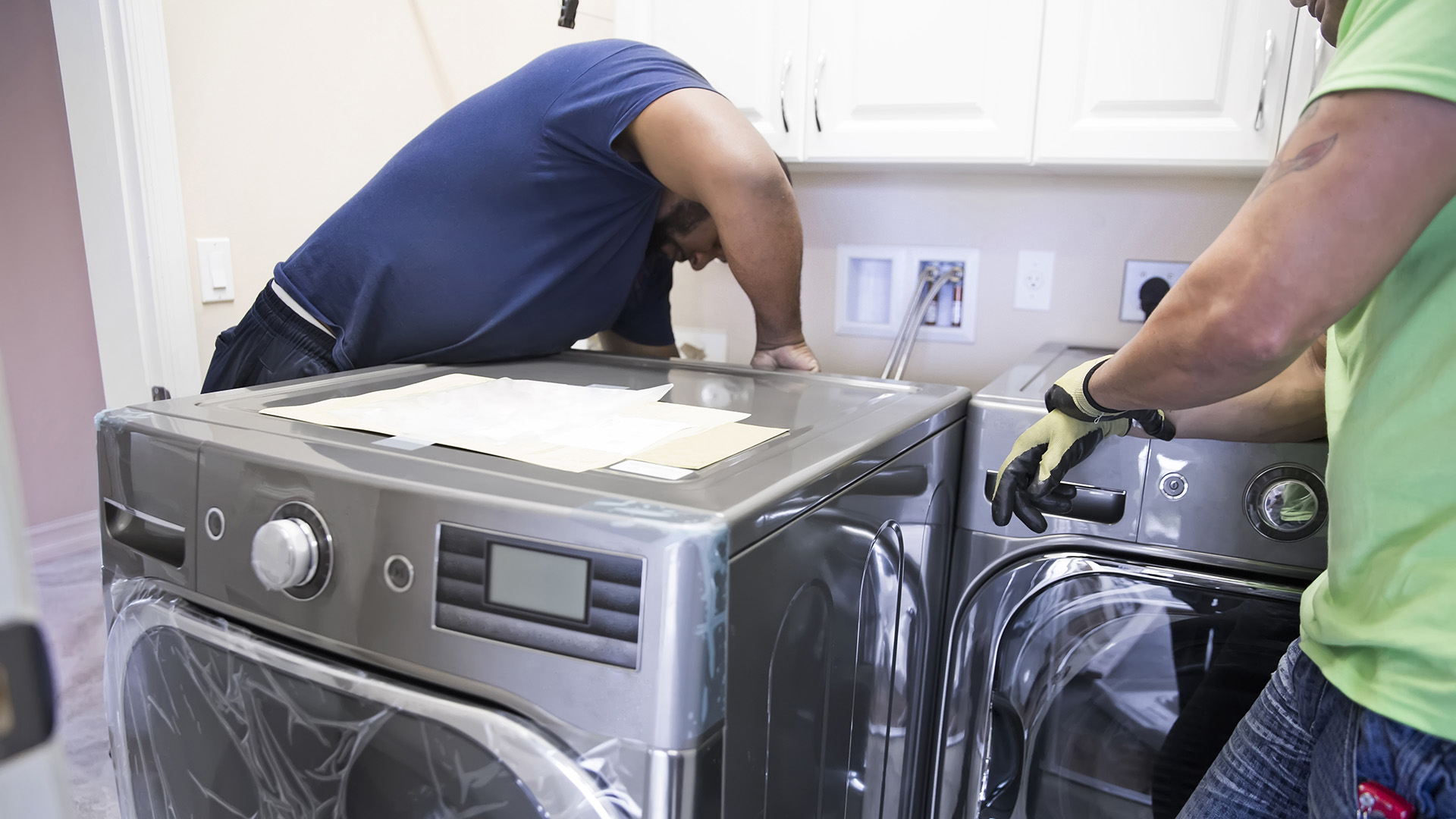Caring about the planet and climate change means doing all that you can to mitigate your climate footprint. After the holidays, there are huge amounts of waste from wrapping paper and shipping boxes to replacing old items you had with new gifts. Some of them might even be appliances. The real question then becomes, “How can I dispose of them properly?”
Appliance “recycling” is not necessarily synonymous to the environmental practice of recycling that we know. This term is used loosely in most circumstances and only refers to the valuable metals that are being recycled while the rest of the product is landfilled. Although 10.6 million tons of durable goods were recycled in 2018, over three times as much were thrown in landfills.
So do you keep them or throw them out? Therein lies the dilemma.
Contrary to what some might think, using old appliances past their useful life is actually doing the environment a disservice. Old appliances that weren’t made with efficiency in mind or that are no longer performing effectively may actually be using more energy than intended, causing your electricity bill and carbon footprint to rise. Completing an inventory of your appliances and their useful life can be beneficial to both.
With appliances ranging in size from coffee makers to washing machines, it may be hard to determine how to go about recycling such machinery. Small appliances include toasters, hair dryers, electric coffee pots, and other similar items. Items in this category are typically made up of metals that are recyclable, but some aspects such as tempered glass or plastic blenders should be removed prior to recycling. Keep in mind that these items cannot be placed in your curbside recycling bin, and instead must be taken to a recycling location.
Recycling appliances that are larger, like washing machines and refrigerators, are an entirely different beast. State energy offices, local electric and water utility companies often have conservation programs that specifically offer heavy trash pickup. Energy Star partners with the EPA’s Responsible Appliance Disposal (RAD) Program to recycle products like these to reduce greenhouse gas emissions and preserve the ozone layer.
With sustainability becoming a growing concern amongst many companies, and a responsibility to be a good corporate steward, these organizations are providing options for customers to be able to recycle their products or even trade them in for a discount on their next purchase. If your large or small appliance was purchased from a well-known brand be sure to check out their recycling program. Many companies are adopting these types of programs, but if not, you can call junk and recycling services or visit a stores such as Lowes or Home Depot, to have them take apart the unit and properly dispose of the recyclable materials.
Although there is a right way to recycle these items properly, there are a variety of options to choose from. If your electronics or appliances are still in working condition, consider donating or selling the item. This would also promote recycling responsibly by giving the item a new life with someone else. Recycling your appliances properly gives you comfort in doing your part for the environment, and also allows you to enjoy a new appliance that much more!

